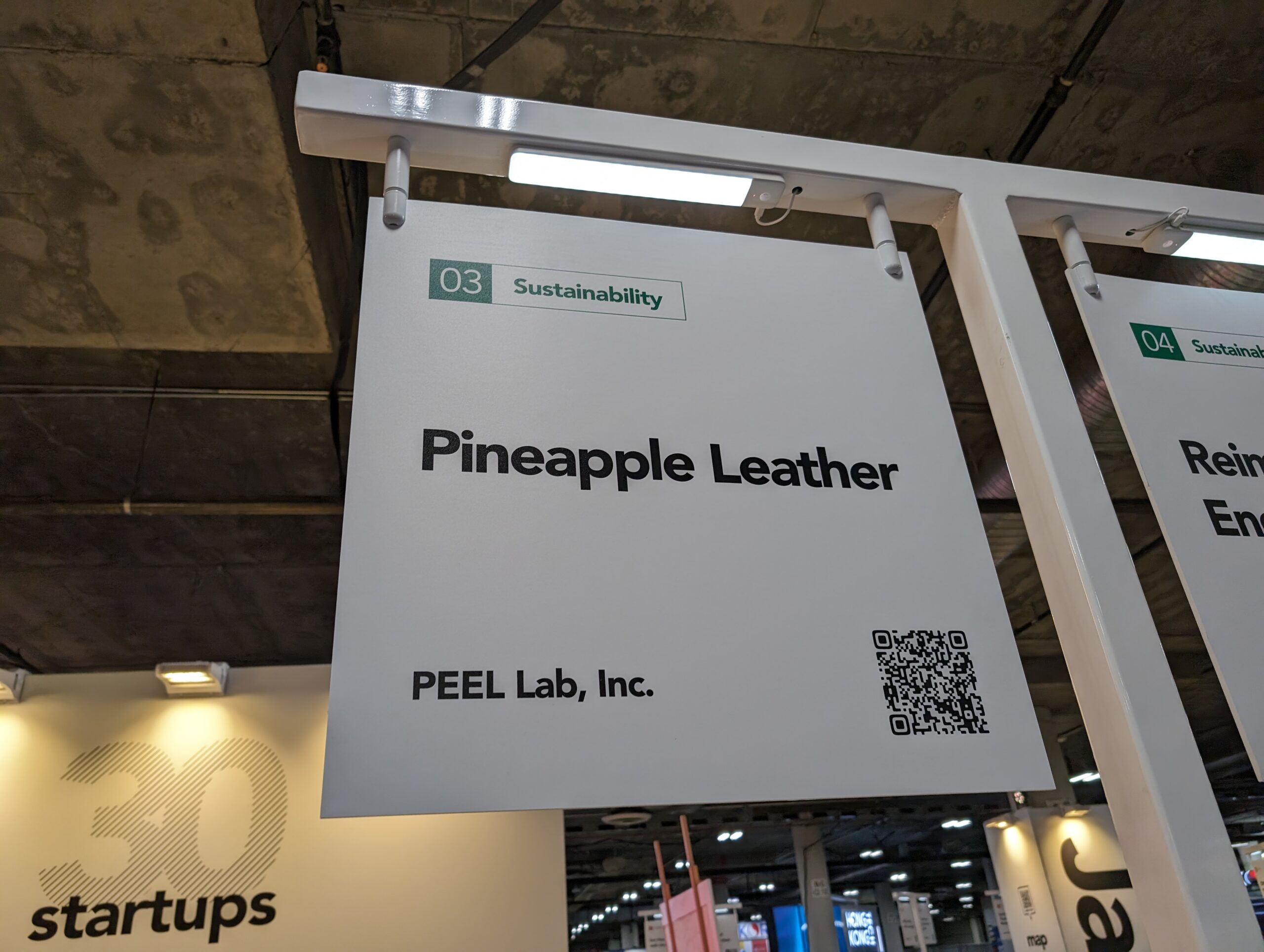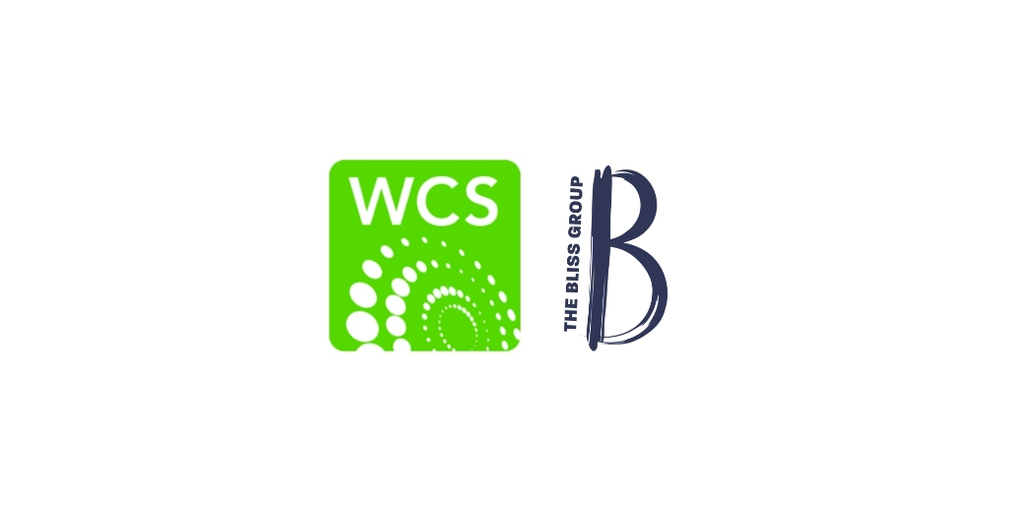Sign up for daily news updates from CleanTechnica on email. Or follow us on Google News!
Floating offshore wind turbines can go where no other wind turbine can go. They can be located out in deep waters where conventional turbine construction methods are impossible. In a new twist, the US startup T-Omega Wind has come up with a never-been-tried-before floating turbine design that could open the door for new wind farms in both deep and shallow water, while cutting costs to the bone.
Here Comes Another Weird Looking Offshore Wind Turbine
First-generation floating wind turbines generally look about the same as any other wind turbine, except they float. With three blades rotating around a horizontal axis perched high on top of a tall tower, the main design challenge for floating wind is to achieve stability on a platform that bounces around with every wave.
More recently, new floating turbine designs have strayed far afield from convention. CleanTechnica has taken note of offshore wind turbines sporting vertical axis technology, a one-blade configuration, and a two-on-a-platform design, among others (see more CleanTechnica floating wind turbine coverage here).
T-Omega Wind caught the media eye last year when they won a competitive grant from the National Science Foundation to fine tune their new floating offshore turbine design, in collaboration with NREL, the US Department of Energy’s National Renewable Energy Laboratory.
In contrast to the semi-submersible design of many floating offshore turbine platforms, the T-Omega turbine is engineered to float fully on the surface.
“T-Omega Wind is developing a first-of-its-kind class of offshore wind turbines that have minimal weight, that ride on top of the waves, that expand deployability into regions inaccessible with current technology, and that increases mobility for installation / maintenance,” the company explained in August of 2022.
“It will be significantly lighter, use less materials and will not require specialized infrastructure for deployment and maintenance,” they added. “The shallow draft design enables the use of existing infrastructure and deployment in waters not viable for current solutions. This substantially reduces the cost compared to legacy technologies.”
New Offshore Wind Turbine Sets Sail In Massachusetts
That’s not as simple as it may seem.
“Such a floating structure has never before been designed,” the National Science Foundation explained, when it awarded the grant last year.
“…this project may provide deep insight into several questions about the loading and motions that arise from a complex superposition of turbulent wind, random waves, ocean current, rotor elasticity and angular momentum, and dynamic blade pitch and generator control,” they added.
Despite the challenges, NSF had its eyes on the prize. “The end goal is the commercialization of a disruptive offshore wind turbine, developed in the U.S. and deployed globally, that can outcompete all of today’s designs,” the Foundation added.
NREL chipped in its wind-wave software to help T-Omega iron out the design kinks, and T-Omega took its new wind turbine design to the University of Strathclyde in Glasgow, Scotland, for testing in a laboratory wave tank.
“The T-Omega Wind solution easily withstanding regular 12 meter waves during tank testing,” the company reported. “The system was also subjected successfully to far larger irregular waves in extreme storm conditions.”
With an additional assist from the Massachusetts Clean Energy Center and other supporters, the T-Omega team developed a 1/16 scale demonstration version of their new wind turbine. On December 5, the company announced that the demonstrator was successfully launched into the harbor at New Bedford, Massachusetts.
It does look kind of weird. Though it sports a conventional-looking three-blade horizontal axis turbine, there is no tall central tower. Instead, the turbine sits at the confluence of four stubby, angled legs, each of which is parked on its own floating platform.
Depending on the direction of the wind, the entire platform structure pivots in a curve around a central anchor, like a hand on a clock.
“The TOW [T-Omega Wind] system floats in shallow or deep water, rides on top of the waves rather than resisting them, resists wave-induced motions with a rotor held firmly on both sides, and aligns to the wind by weathervaning,” T-Omega explains.
Horizontal-axis turbines are generally more expensive than vertical-axis designs, but T-Omega anticipates that the cost of deploying a horizontal-axis turbine is more than offset by savings on the support structure and platform.
A Floating Offshore Wind Turbine In Every Pot
Against the backdrop of supply chain issues and rising costs for the offshore wind industry, T-Omega emphasizes that affordability and accessibility are front and center in its business model. The TOW is “suitable for manufacture in modest boatyards across the globe, can be rapidly towed (enabling maintenance at port rather than at sea), and functions in a large range of water depths,” T-Omega states.
“The inherent deployability of the system opens untapped markets, expanding the worldwide supply of affordable clean energy,” they add.
On Thursday, Brita Osmundsvaag Formato, the CEO of T-Omega, told the local New Bedford news organization Standard-Times that the company already has its sights set on launching a utility-scale prototype in open water, with an eye on developing offshore wind turbines in the range of 10 megawatts.
Yet Another Reason Why Fossil Fuels Are Toast
The news has been full of doom and gloom about the state of the global climate, and fossil energy stakeholders seem determined to go down with the ship. Nevertheless, it’s important to keep in mind that the decarbonization of the global economy is still in its early stages. There is much more clean energy yet to be tapped, and floating offshore wind is a case in point.
“A massive 2.8 terawatts of U.S. offshore wind energy potential—enough to power 350 million homes—blows over ocean waters too deep for wind turbines to be fixed to the sea floor with foundations,” NREL explained in a pitch for beefing up the the US floating wind industry earlier this year.
NREL outlined a roadmap for building a network of West Coast ports, where much of the floating turbine activity in the US will take place.
NREL calculates that an investment of $5-$10 billion would be needed to install and maintain ports to support the construction of 25 to 55 gigawatts of offshore wind on the West Coast, along with another $10 billion for port investments related to supply chains.
“A West Coast floating wind energy supply chain could also provide thousands of jobs for local communities, reduce greenhouse gas emissions by lowering transport distances, and lower the risk of relying on overseas materials,” NREL also noted.
As for the East Coast, the coastal waters are generally shallow enough to make fixed-platform construction economically viable. However, new floating turbine technology could eventually filter into the East Coast.
The ground would be especially fertile in Maine, which is the one East Coast state where the challenging coastline makes floating wind turbine technology a potential game changer.
Follow me @tinamcasey on Bluesky, Threads, Post, and LinkedIn.
Image: A radical new design for a floating offshore wind turbine (courtesy of T-Omega).
Have a tip for CleanTechnica? Want to advertise? Want to suggest a guest for our CleanTech Talk podcast? Contact us here.
Our Latest EVObsession Video
I don’t like paywalls. You don’t like paywalls. Who likes paywalls? Here at CleanTechnica, we implemented a limited paywall for a while, but it always felt wrong — and it was always tough to decide what we should put behind there. In theory, your most exclusive and best content goes behind a paywall. But then fewer people read it!! So, we’ve decided to completely nix paywalls here at CleanTechnica. But…
Thank you!
CleanTechnica uses affiliate links. See our policy here.



